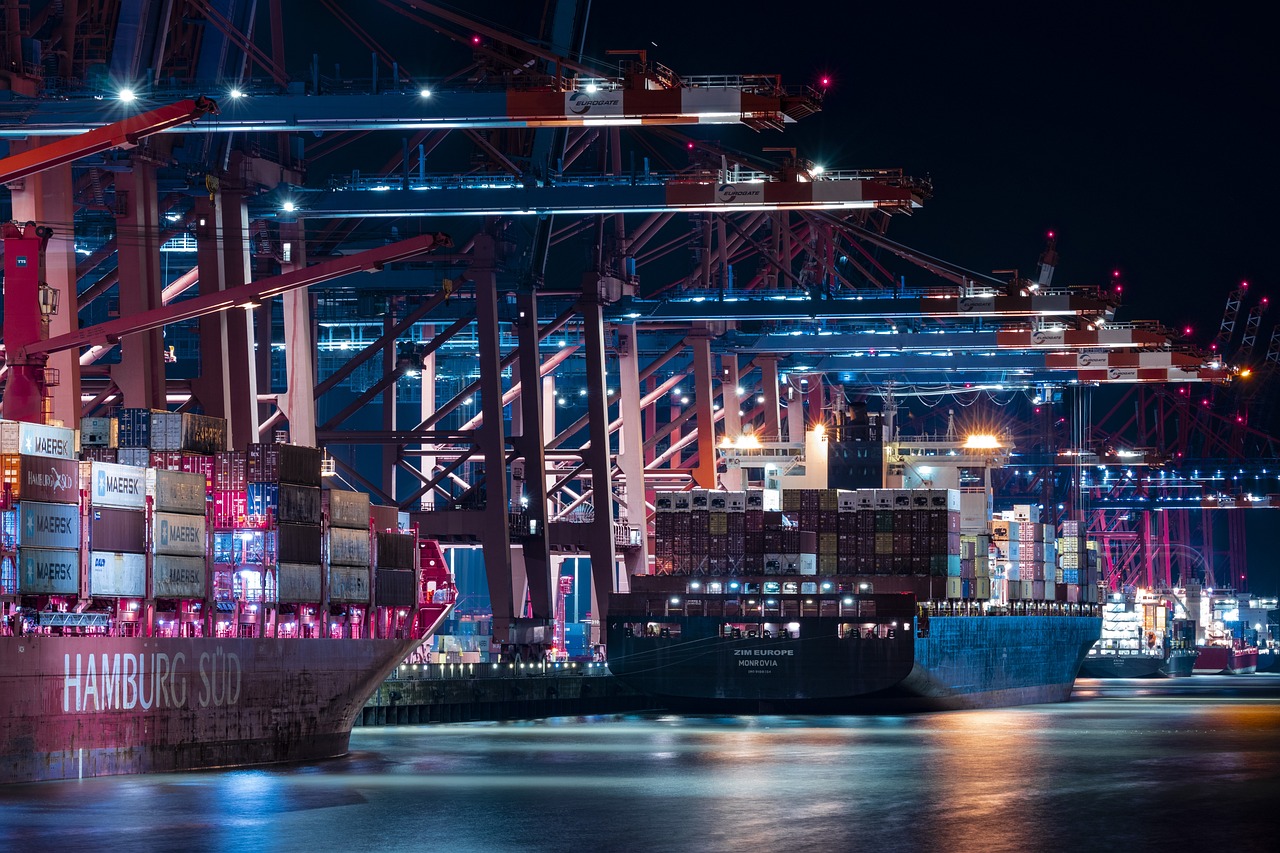The ADR (Agreement Concerning the International Carriage of Dangerous Goods by Road) license is a critical certification for any driver involved in the transportation of hazardous materials. This certification is not just a formality; it is a fundamental component in the logistics industry, establishing a standardised approach to safely managing and transporting dangerous goods. It is legally required for drivers operating vehicles that carry such goods across international borders, ensuring that they are equipped with the necessary knowledge and skills to mitigate risks.
What is an ADR License?
The ADR license is essential for drivers transporting dangerous goods. It outlines the protocols and safety measures necessary for handling, transporting, and managing hazardous materials. The significance of the ADR license cannot be overstated, as it directly impacts the safety of drivers, the general public, and the environment. This certification is a testament to the driver’s competence in adhering to stringent safety regulations, which are crucial in preventing accidents and ensuring the smooth operation of global trade.
Requirements for Obtaining an ADR License
Obtaining an ADR license involves meeting specific qualifications and undergoing comprehensive training. Prospective candidates must complete a certified training course that covers various aspects of handling and transporting dangerous goods. This training includes theoretical knowledge and practical skills, ensuring that drivers are well-prepared for real-world scenarios. Upon successful completion of the course, candidates must pass an examination to obtain the certification. This process ensures that only qualified individuals are entrusted with the responsibility of transporting hazardous materials.
Different ADR License Classes
The ADR license is categorised into different classes, each corresponding to specific types of dangerous goods. These classes include explosives, gases, flammable liquids, flammable solids, oxidising substances, toxic substances, radioactive materials, corrosive substances, and miscellaneous dangerous goods. Each class requires specialised training and certification, reflecting the unique challenges and safety measures associated with different types of hazardous materials. Understanding these classes is vital for drivers and companies involved in the transport of dangerous goods, as it dictates the training requirements and safety protocols that must be followed.
ADR License Renewal and Ongoing Training
Maintaining an ADR license is an ongoing commitment. Regulations and safety standards evolve, necessitating continuous education and training for license holders. The license must be renewed periodically, typically every five years, through a refresher course and examination. This ensures that drivers remain up-to-date with the latest regulations and best practices in the industry. Ongoing training is not only a legal requirement but also a vital component in fostering a culture of safety and responsibility within the logistics sector.
The Role of the ADR License in Promoting Safety
The primary objective of the ADR license is to promote the safe transport of dangerous goods. By mandating rigorous training and certification, the ADR framework ensures that drivers are well-equipped to handle hazardous materials safely. This has a profound impact on global trade, as it minimises the risk of accidents and environmental damage. The ADR license plays a pivotal role in maintaining the integrity of supply chains, safeguarding public health, and protecting the environment.
Case Studies
Real-life examples highlight the importance of the ADR license in the transport of hazardous materials. For instance, consider a scenario where a driver, trained and certified under the ADR framework, successfully mitigates a potential spill of flammable liquids through swift and informed action. Such instances underscore the critical importance of rigorous training and certification, demonstrating how the ADR license can make a tangible difference in ensuring safety and preventing accidents.
Conclusion
The ADR license is indispensable for anyone involved in the transport of dangerous goods. It signifies a commitment to safety and responsibility, ensuring that drivers are adequately trained to handle hazardous materials. Continuous training and compliance with evolving regulations are paramount in maintaining this commitment. For truck drivers, logistics companies, and safety regulators, the ADR license is not merely a certification but a crucial tool in promoting a safe and efficient transportation system.
By adhering to the standards set forth by the ADR framework, stakeholders can contribute to a safer and more sustainable logistics industry, ultimately benefiting society as a whole.
